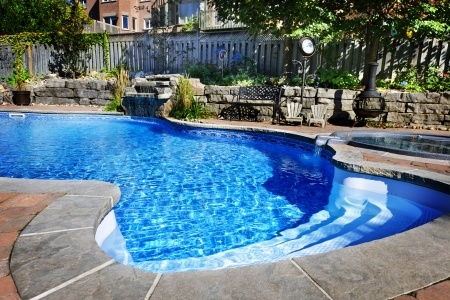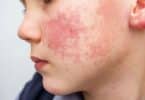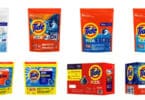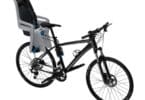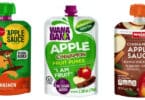Now that Spring is finally here many families are opening their pools. When we bought our pool a couple of years ago we opted for a saltwater unit that used less chemicals. And while we don’t need to keep buckets and buckets of chlorine on hand, we still need some, and many other additives to keep the pool in good working condition.
On Friday the Centers for Disease Control and Prevention (CDC) revealed that in 2012 nearly 5,000 emergency room visits in the US during 2012 were caused by injuries from pool visits.
It’s no secret that you need to use chemicals to keep pools and hot tubs clean, but the CDC warns they need to be stored and handled better.
The CDC analyzed data from the US Consumer Product Safety Commission’s National Electronic Injury Surveillance System (NEISS) to estimate the number of emergency department visits for pool chemical-associated injuries during 2003-2012.
Even though no deaths were recorded it was found that in 2012, 4,900 people visited an emergency department for pool chemical injuries, with almost half of the patients being aged under 18.
Some of the injuries they say were as a result of levels of chemicals in the water not being correct, which caused illnesses, but the majority was the result of poisoning ~ from inhaling pool chemical fumes.
As an example of a preventable pool chemical injury, the report mentions an event that occurred in Minnesota in 2013, where seven children and one adult were sent to an emergency department. The Minnesota Department of Health conducted an investigation into the event and determined the cause to be poor monitoring of pool chemistry.
The report nominates the CDC’s Model Aquatic Health Code as a resource that state and local agencies can use to prevent these types of injuries.
The authors included some pointers for avoiding injuries related to pool chemicals. They say before using pool chemicals:
- Get trained in pool chemical safety (i.e. during an operator training course)
- Ask for help if you are not trained for specific tasks
- Read entire product label or Safety Data Sheet before using.
And, to use pool chemicals safely:
- Keep young children away when handling chemicals
- Dress for safety by wearing appropriate safety equipment (i.e. safety goggles, gloves and respirator)
- Handle in a well-ventilated area
- Open one product container at a time and close it before opening another
- Minimize dust, fumes and splashes
- Measure carefully
- Never mix chlorine products with acid or different pool chemicals with each other or with any other substance
- Only pre-dissolve pool chemicals when directed by product label
- If product label directs pre-dissolving, add pool chemical to water; never add water to pool chemical because a potentially explosive reaction can occur.

